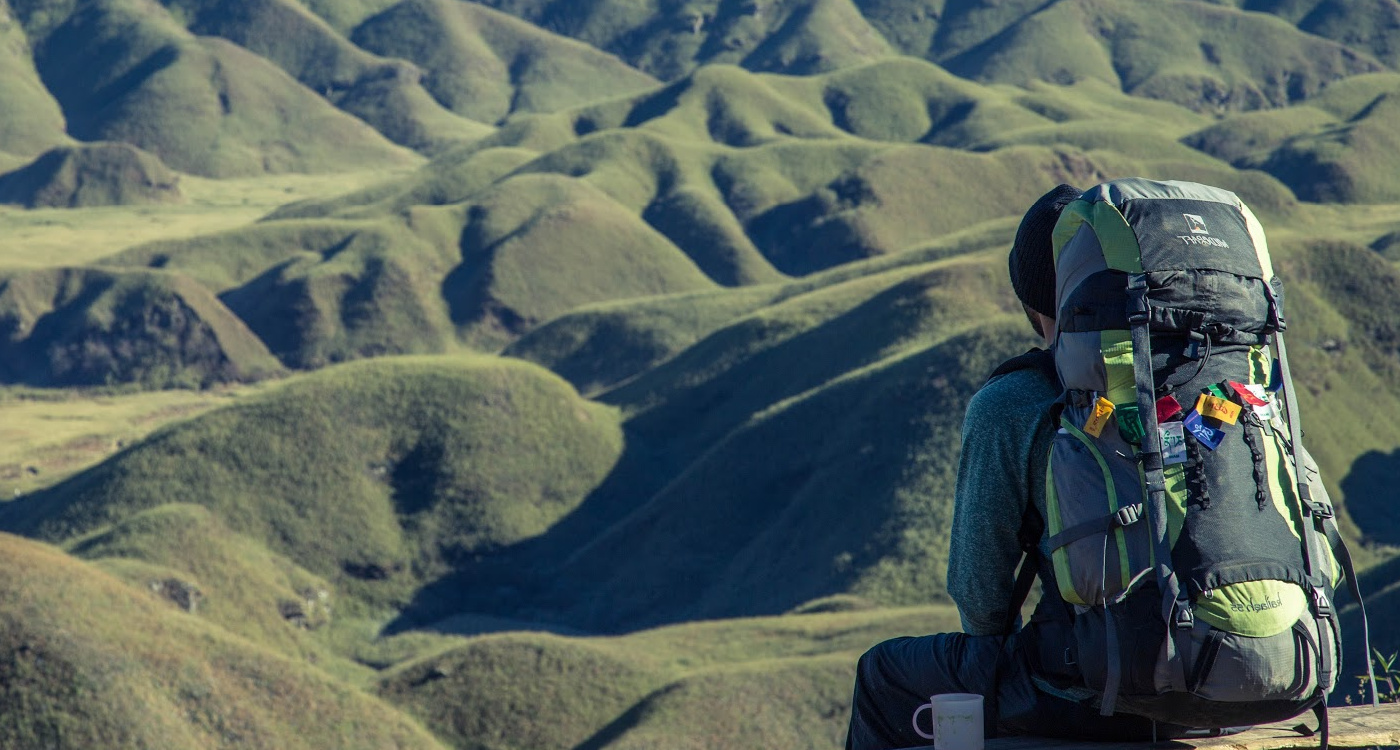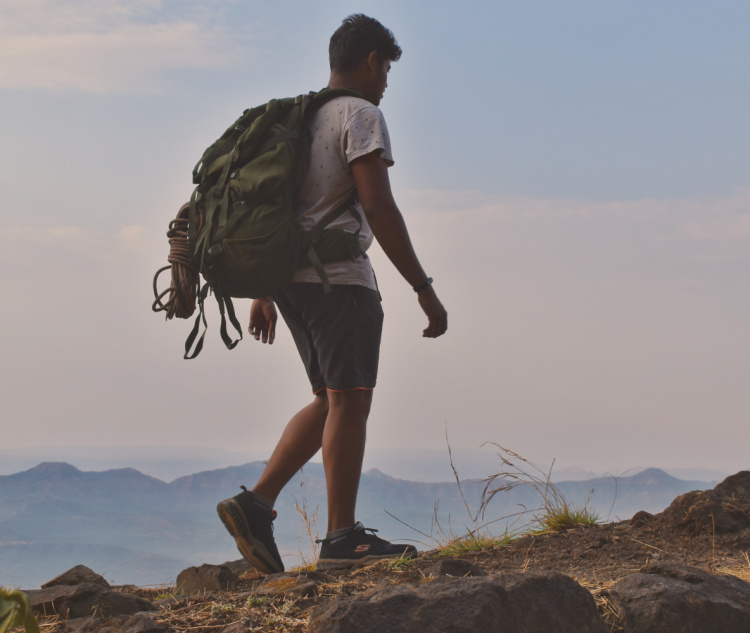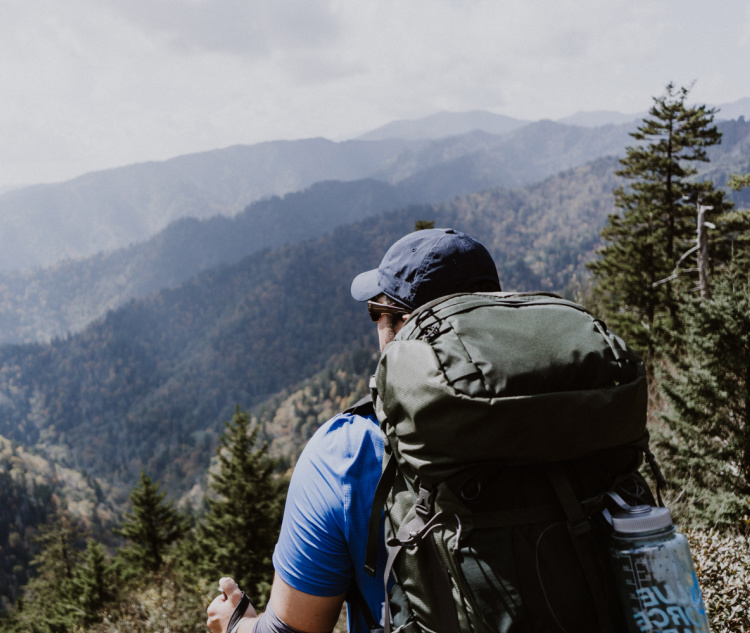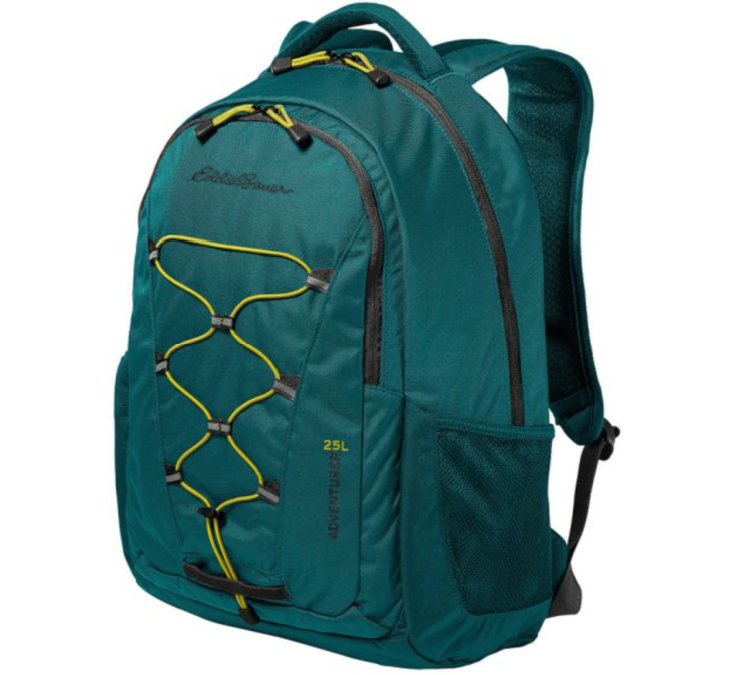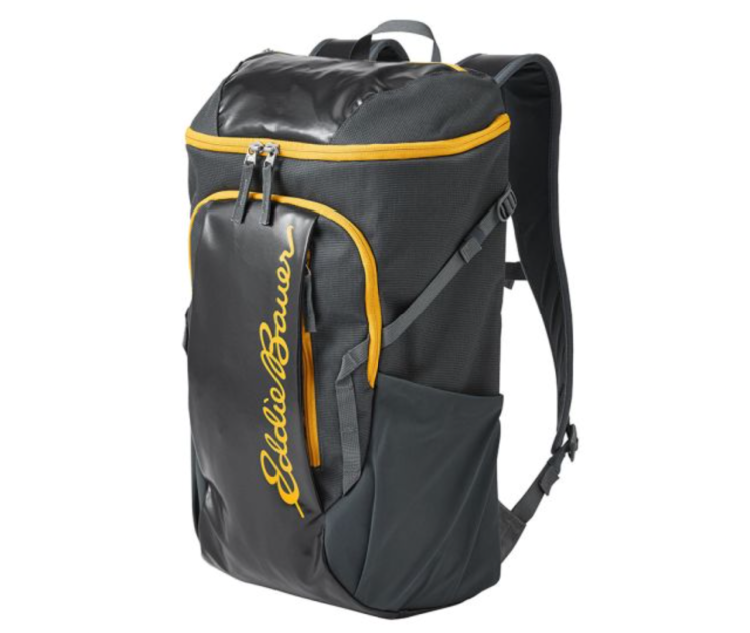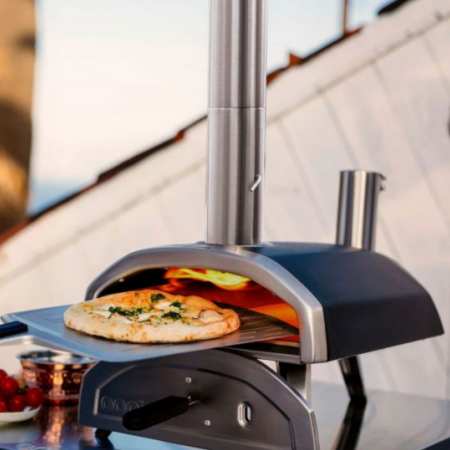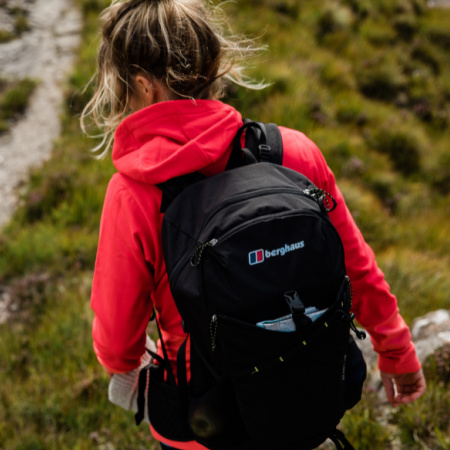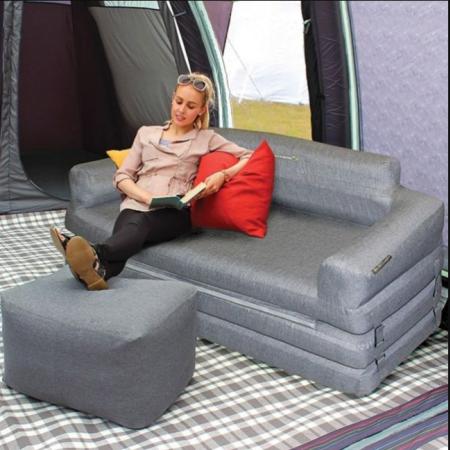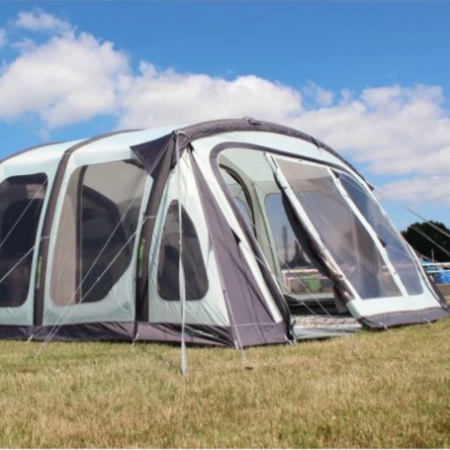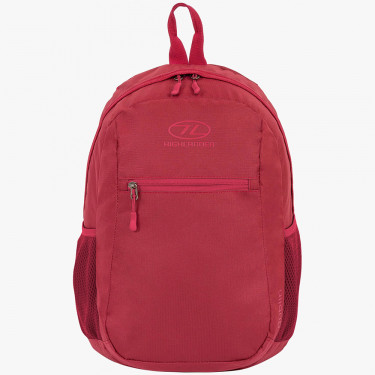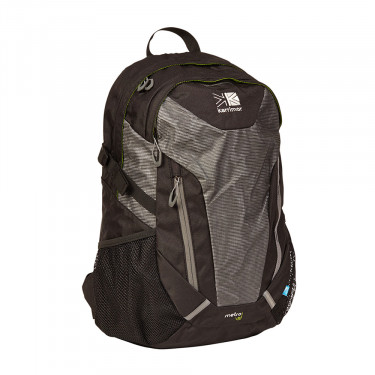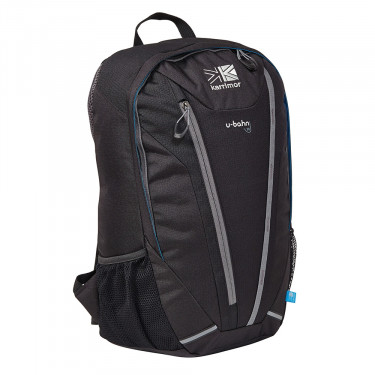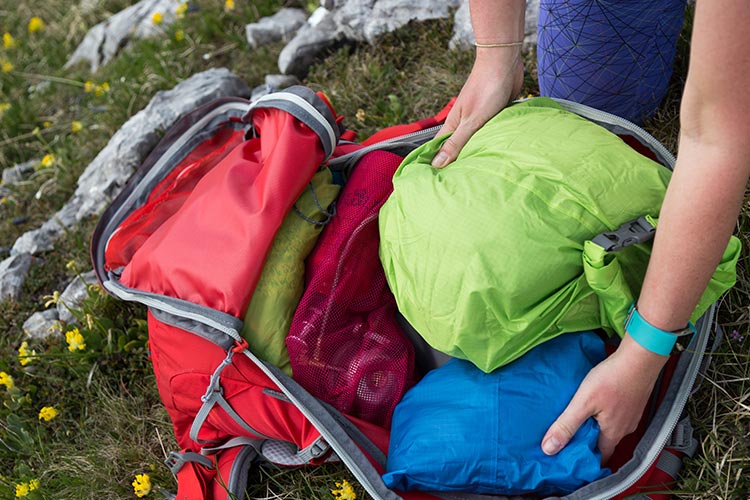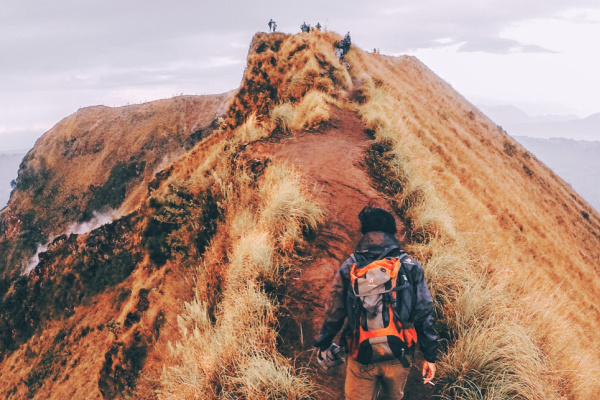Rucksacks and daysacks have often been interchanged when it comes to names and products, with ‘rucksack’ attached to many smaller bags.
We’ll cover essentials such as how to fit a rucksack, what size to choose and what features you might need, depending on your preference.
Read on to find out everything you need to know about rucksacks and daysacks…
Anatomy of a rucksack & common features
There’s a surprising amount to consider when buying a rucksack, so we’ve tried to make things a little easier for you with our in-depth guide. See below for common features found on a high-quality rucksack.
Shoulder harnesses
With the shoulder harnesses taking a good portion of the weight of the rucksack, it’s essential you’re happy they feel comfortable enough.
The thicker the shoulder harness, the more comfort it will provide, although at the expense of flexibility and increased weight. Some also feature mesh for added ventilation. Most bags also feature load lifters at the top of the shoulder harnesses. These small (but important!) straps allow you to alter the bag, and raise it higher and above your hips if you feel it pulling away from you.
Back panel
Depending on your activity, the back panel can either provide you with more comfort or look to cut down on weight.
Hiking or backpacking can take its toll on your back after a while, so having a padded back panel can help ease the pressure and is also handy to prevent anything in your pack from digging into your back.
Front rucksack opening
This zipped opening at the front makes it easy to access the main compartment of the rucksack, meaning you can get items further down the pack without having to unpack everything from the top.
Sternum strap
This little strap can make a huge difference. It clips across your chest from the shoulder harnesses and helps improve the stability of the rucksack. The sternum strap keeps the harness in position, preventing it from moving too much, and can also help raise the pack so that it’s positioned above your hips.
Adjustable back system
An adjustable back system allows you to alter the position of the back padding to suit your height, body shape or comfort.
Shoulder straps
The adjustable shoulder straps under the harnesses allow you to raise and lower the pack to suit your comfort.
Shoulder straps should be reasonably tight to keep the rucksack in the correct position but be aware of not over-tightening them. This can transfer the weight from your hips onto your shoulders!
Hip belt
The hip belt is an essential part of the pack to ensure you carry it safely. It will likely come with decent padding to sit around your hips.
The hip belt and sternum strap help stop the pack from moving too much. Always ensure the belt is on top of your hips and is reasonably tight.
Rucksack lid
The lid pulls over the top of the rucksack, helping to keep everything secure inside. It will clip to buckles usually located towards the bottom quarter of the bag, and most lids will include a top pocket, which is a great place for your personal belongings, first aid kit, and headtorch.
Side compression straps
Side compression straps will pull the pack in from the sides, reducing the amount of wasted space and ensuring a more compact and easy-to-manage rucksack.
Walking pole – ice axe loops
If you’re taking walking poles or ice axes with you, they can be attached to the rucksack on these loops when you’re not using them.
Not all rucksacks will have these, so double-check if it’s something you know you’ll need. A top tip for when these loops are not in use is attaching your tent poles to this area, allowing you to pack your tent flysheet down to a size you wouldn’t believe!
Side pocket
Some rucksacks will feature side pockets that can store a few essential items you may need to access quickly and easily.
Side stretch pocket
Again, some packs may feature a stretch pocket on the sides, ideal for storing a water bottle you can grab when you need it. For good weight distribution, you can even keep your gas/liquid fuel in the opposite side pocket.


